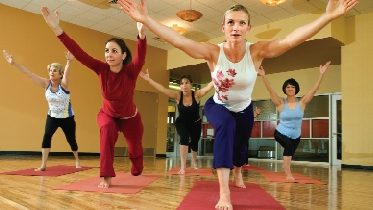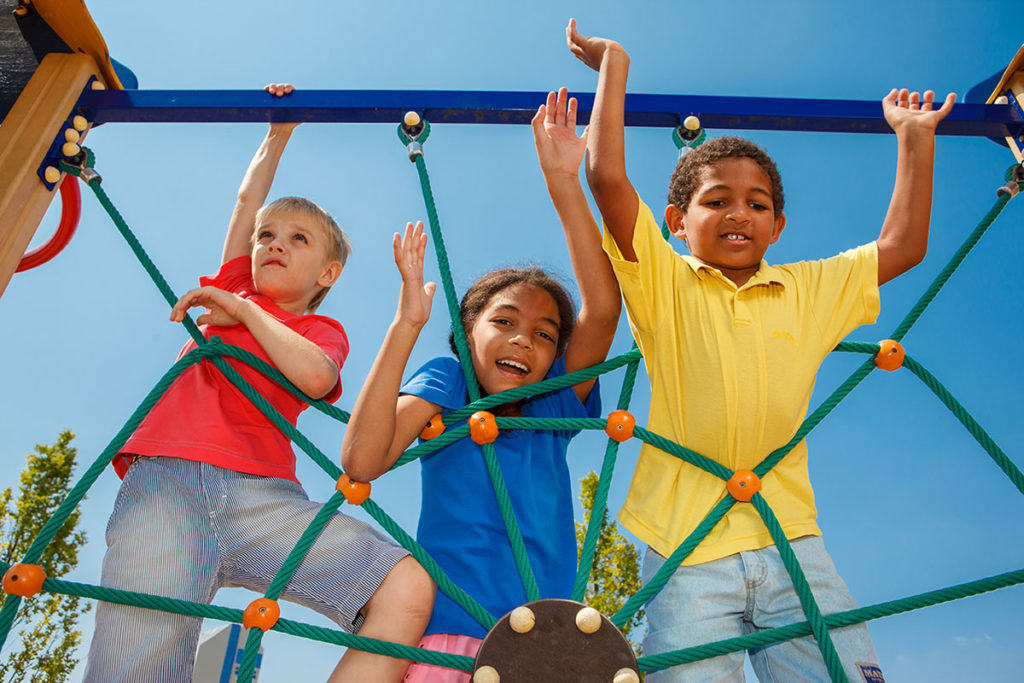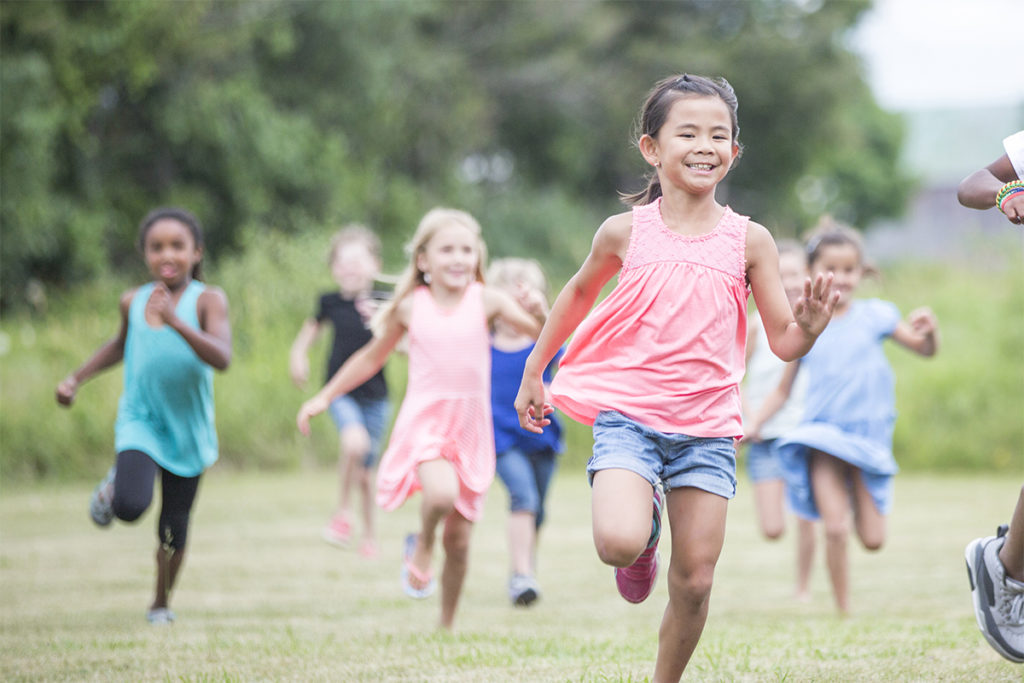Bridging the Age Gap
Working with seniors—an investment in your knowledge base can bring many rewards.

Today, older adults represent the largest demographic in the U.S., hold the most discretionary spending power and have a huge interest in anything anti-aging. Professionals who recognize this unprecedented confluence of events and take steps to position themselves to work with this demographic are going to realize huge successes over the next 10–20 years.
It makes sense to invest in equipment such as recumbent bicycles, slow-starting treadmills with extra-long handrails, lightweight dumbbells, recumbent steppers and weight machines with increments of 5 pounds or less. It also makes sense to ensure that facilities are fully accessible and have areas free of clutter and cords. However, the most important “tool” is to be well versed in the needs and desires of an older constituency. Use some of these ideas to equip yourself to attract, serve and retain this booming demographic.
Recognizing and
Appreciating the Diversity
of Older Adults
Older adults cannot be pigeonholed or stereotyped. In fact, they are the most diverse of all age groups, especially when it comes to health and physical functioning. Some adults have aged poorly and now suffer from chronic diseases, physical limitations and disabilities. Some adults have aged very well and continue to function at a high level, free of any serious health condition. And many are placed along the continuum in between. Lifestyle, genetics, environment, accidents and other factors all play a role in how we age. It is important to value this diversity, which is reflected in more ways than just the physical.
For example, we often associate older adults with big-band music or the golden oldies, but does this stereotype hold up? For the past several years, my business partner, Dan Ritchie, has trained a 77-year-old female client who has Parkinson’s disease. She is an engaging, soft-spoken and kindhearted woman who happens to love hard rock music! She loves it so much that she regularly attends concerts with her grandchildren to hear bands like Pink Floyd and Guns N’ Roses. Trust me when I say that you don’t want to stereotype this lady.
Ageism
Around the time I was in fifth or sixth grade, my church youth group decided to visit the local nursing home to “cheer up” the residents and do a little singing. The smells, wheelchairs and drooling, coupled with the odd behavior of a few residents and the antiseptic feeling of the place, made the visit a traumatic experience for me and shaped my rather negative view
of what it meant to grow old. It wasn’t
until I attended Virginia Tech as a graduate student some 10+ years later that my perspective on aging was challenged. Through my experiences working in
the cardiac rehabilitation program on
campus, I met seniors full of life and
personality, who were mentally acute, overflowing with amazing experiences, physically active and quite physically
capable. They obviously had health concerns, but there wasn’t a bib in sight. These older adults weren’t at all what I had experienced years earlier. It was then that I
began to realize that maybe aging could be a positive experience—and my interest in working with this group was sparked.
Like me, you may have bought into some common misconceptions or myths about getting older, and such misconceptions can lead to ageist attitudes. Ageism is “stereotyping and prejudice against individuals or groups because of their age” (Nelson 2002), and it is a growing concern as the 65+ population continues to increase. As with other kinds of discrimination, it is often subtle comments, looks, gestures or nonactions (such as ignoring someone who is in need of attention or not using eye contact) that scream the loudest. And older adults hear the message loud and clear.
The diverse nature of the senior population means that there will always be some who fit the stereotype or image, but it is dangerous to assume that this applies to all older individuals. For every disabled senior there is one who is staying active, and for every older adult with a sour, pessimistic attitude there is another whose disposition is bright and cheery. The point is that when you serve this population, you will deal with a diverse group of people.
The Positive
Aspects of Aging
Remember those awkward teen years? What a gruesome time that was. But we all survived and are able to look back on those times with a different perspective (and perhaps a few laughs) because we are now more mature. We have gained a deeper comprehension of what it means to live, love and work. Our value systems have shifted away from ourselves toward things such as family, spirituality and the betterment of society. And how did this happen? We got older. Imagine yourself 20, 30 or 40 years from now. Think of the wisdom the intervening years will bring. With age can come a feeling of self-confidence and inner freedom, often defined by a burst of psychological growth and development. Gene Cohen, MD, PhD, describes this stage as the “liberation phase” of life (Cohen 2008).
For many, getting older is a very positive and satisfying experience that transcends any negative aspects typically associated with aging. Although we might not completely understand it right now, it is important that we recognize it and use it as a sort of compass for our interactions with older adults. A fear of getting older or being uncomfortable with aging in general will negatively impact the ways we communicate and interact with older clients.
Communication Skills
Good communication is an absolute priority when dealing with older clients, as they are less likely to be familiar with current exercise terminology, such as “sets” and “reps,” or with different types of equipment or exercise methodologies such as Pilates. Also, ambient noise from the exercise room can inhibit adequate understanding and, unfortunately, older adults with hearing difficulties are often embarrassed to tell you when they don’t catch what you say. Therefore, when you speak, face the individual, enunciate clearly, use adequate volume, pace your speech and pause regularly to confirm understanding.
Training for Function
Older adults don’t need to develop bulging biceps, nice pecs or ripped abs. They do need to increase their functional capacity. It is important for trainers to keep this in mind and avoid a bodybuilding methodology. Functional training programs utilizing three-dimensional movement patterns (sagittal, transverse and frontal planes) that challenge proprioception, motor control, coordination, balance, stability, contractile velocity, strength, endurance and flexibility are essential to the knowledge base of trainers working with older adults. Novice
trainers, those with a background in bodybuilding and those who have worked strictly with younger populations will likely need additional training to understand
the concepts and principles inherent in functional program design. Some sort of formal training is highly recommended.
There are a variety of fun and engaging ways to prepare to serve Boomers and older adults. Possibilities include discussing case studies at staff training retreats or meetings; inviting older members and clients to participate in panel discussions; creating mentoring partnerships; taking a trip to a retirement village or nursing home; and even organizing social events designed to appeal to older adults.
Prepare yourself to be successful in your interactions with this burgeoning market through regular training, and you will soon find your bottom line booming.
For more tips and ideas on preparing yourself to serve Boomers and older adults, check out the “Age-Friendly Facility Checklist” and the “Age-Friendly Personal Fitness Trainer Checklist” (and downloadable booklet) from the International Council on Active Aging®, available at www.icaa.cc.
References
Nelson, T. (Ed.) 2002. Ageism: Stereotyping and Prejudice against Older Persons. Cambridge, MA: MIT Press.
Cody Sipe, PhD
Cody Sipe, PhD, is a respected authority on fitness for older adults with 25 years in the industry. He is a professor, researcher, international educator and co-founder of the Functional Aging Institute. Cody is currently an associate professor and director of clinical research in the doctoral physical therapy program at Harding University. He was recognized as the IDEA Program Director of the Year in 2005 and was a finalist for the IDEA Fitness Innovator of the Year award in 2019.






